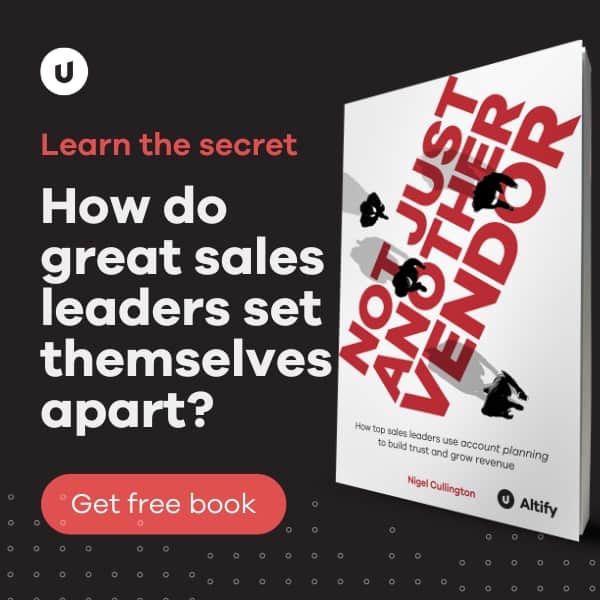Here at The TAS Group, we’ve been pretty fortunate over the last few quarters. Business has been going pretty well, and our Dealmaker business is really flying. We were so pleased with the progress of our Sales Performance Automation business, we issued a press release last week. To handle some of the increased activity we decided to add to our customer engagement team, and last week posted a job on LinkedIn for a Director of Customer Engagements. Maybe it’s a reflection of the economy, or perhaps what we’re doing with Sales Performance Automation is interesting, but we received over 100 applicants in less than a week.
With over 100 potential candidates we’re going to need to do some pretty quick filtering to get to a manageable number to review and interview. We are looking to shortlist an initial 25 candidates.
Given that we placed the position on LinkedIn, it shouldn’t be a surprise to Jane or Joe that, having read whatever they wrote in the cover letter/note/email with their response, we’re next going to look at their LinkedIn profile. So, you’d think they might pay some attention to that. The reality is; the quality of profiles varied dramatically.
There are some great guidelines as to how to create a strong LinkedIn profile, and I will get to that another day. For my part I’m not looking for someone with 1,000+ connections unless they’re in the recruitment business. Maybe you can have 1,000+ contacts, but I’m not sure you can have 1,000+ connections – people you can reach out to as part of your network who you would feel comfortable asking for help, guidance, or an intro to someone. As with any network, you need to invest time. I’m a believer that what you get back is somewhat related to what you put in. It’s a bit like on Twitter, I don’t understand how you can meaningfully follow more than say 100 folks, particularly if you’re really interested in what they have to say. Anyway, that’s just one man’s opinion, but it effects how I view LinkedIn profiles, and in this case had some impact on how we shortlisted candidates.
Getting back to the shortlist. First thing we did was read the cover letter/note/email.
Here are some good ones: (Notes in parentheses are mine)
- “Passionate about customer success, delivering relevant and empowering solutions, and acting as a trusted advisor to my clients and team …” (Relevant passion is good)
- “Successful customer engagements are driven by leaders possessing exceptional project, planning, execution, and delivery skills, with proven history of process, product, and solution development.” (Someone with a vision)
- “I was excited to read about the [role] at The TAS Group in Seattle, WA. My credentials include [education detail] and I have over ten (10) years of experience [relevant job experience] …” (Excitement, and qualifications)
Some not so good:
- “Per your instructions I have sent an email to the address contained in this posting …” (So?)
- “I would be interested in knowing more about this and any related positions …” (Tell me why I should tell you)
- “I am interested to learn more about the [role]. My understanding of the position thus far has me very intrigued by the opportunity.” (Tell me why I should take the time)
- “My background fits with this role.” (That was the entire note!)
- “Please see my resume attached below. I request you to look into the matter and do the needful. ” (Seriously?)
After this exercise the pool of candidates was a bit more manageable. So, next we looked at the LinkedIn profile itself.
A good profile – in this case at least – is one with enough information that lets us determine if we should include the individual in the shortlist. More often than not, a candidate will be excluded, not because their experience is not relevant, but because it’s just too hard to find. While there may be a nugget lurking beneath the surface, we’ve too many candidates to review to spend that much time on each one.
I’ve referenced the number of connections earlier. More is not necessarily better in my opinion. And, the same applies to recommendations. If you have a very long list of recommendations, and you’ve written a lot of recommendations, then I’m going to presume, perhaps unfairly, that you’ve just been trading recommendations – and so the ones you have don’t really count. If, on the other hand, you’ve a few strong testimonials from customers, your manager, or someone who worked for you – then that will be taken into account – but really I’m going to check those references separately anyway.
We are really excited about the caliber of the people who applied for this position. As our Sales Performance Automation business continues to grow, we’re going to be in the right place to continue to provide excellent service to our customers. We were surprised at how much weight we placed on the LinkedIn profile, but it was a good place to start. Unfortunately, for some of the candidates, it was also the end of the road. Perhaps we can all learn from this.



